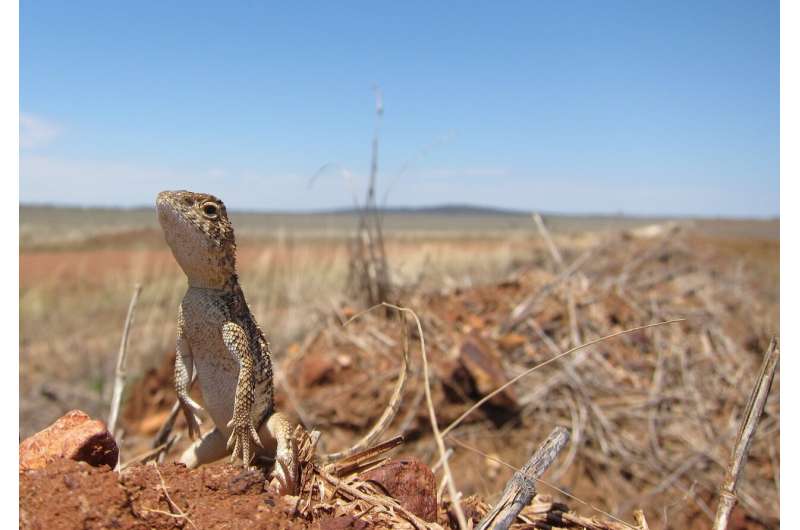Protecting Australia's reptiles and amphibians with global impact

Ecosystems around the world rely on reptiles and amphibians. They play a crucial role as part of the food web—as predator and prey—and, sometimes, a role in pollination and dispensing seeds. Frogs provide a good sign of ecosystem health due to their sensitivity to environmental change. As the environment around the world changes, frog populations are in rapid decline, and reptile and amphibian species are under threat.
Bioplatforms Australia has funded the building of a genomics resource to better understand and protect Australia's unique reptiles and amphibians. Leading the Australian Amphibian and Reptile Genomics Initiative are representatives from Australian museums, universities and government agencies.
Although this project is Australian-centric, the uniqueness of the species being analysed make it of great significance and interest to the international research community. Many researchers around the world turn to Australian species to provide exemplary examples, not found elsewhere, of phenomenon central to their studies.
"Australia has the highest lizard diversity on the planet and globally unique families of frogs and reptiles from our Gondwanan heritage," Prof Craig Moritz from Australian National University said. "We also have the world's driest continent and our frogs and lizards have evolved important adaptations in response—understanding how Australian frogs and reptiles have responded to novel environments in the past will improve our understanding of their capacity to respond to accelerating change in the future."
Chief executive of Bioplatforms Australia, Andrew Gilbert said, "This project will speed up the fundamental research of reptile and amphibian genomics, and in areas that Australia will positively contribute to the global research effort. The building of this resource will sustain the initiative beyond the life of the Bioplatforms investment."
The research community involved in the project aims to sequence, annotate, physically map and make publicly available (FAIR) draft genome sequences using the latest technologies, and will undertake companion studies to address the research questions of substance. Government departments, zoos and others with captive breeding facilities, non-government organisations and community groups will use the genomic resources arising from this initiative, or work in collaboration with the researchers, to achieve their conservation and management objectives.
"This program of targeted genomics, including de-novo genome assembly/annotation, phylogenomics and conservation genomics, builds on the experience from previous investments made by Bioplatforms," Gilbert said.
"Genomics has a central role in growing the understanding of how species can respond rapidly to environmental challenges, whether it be through climate, disease or habitat modification," Distinguished Prof Arthur Georges from the University of Canberra said. "Australian reptiles and amphibians, because of their diversity and how they have adapted to the uniquely Australian challenges of the past, provide unparalleled opportunity to combine genomics with more traditional approaches to better inform the management and conservation of this special group of animals." added Dr. Jane Melville, Senior curator of Herpetology at Museums Victoria
The Amphibian and Reptile Genomics Initiative will work closely with national facilities for computing and storage (National Computational Infrastructure, Australian Research Data Commons, AaRNET), the latest bioinformatics pipelines for assembly and annotation (BioCommons), making the data they generate rapidly and widely available and draw upon the specialist expertise of the Bioplatforms sequencing hubs. The team also has collaborative relationships with Genome 10K, Vertebrate Genome Project and Earth BioGenome Project to expand the international connections.
Various ARC-funded projects will also directly align with the Initiative either through domestic and international collaboration or linkages with varied partners in conservation and management as well as other stakeholders.
Provided by Bioplatforms Australia















